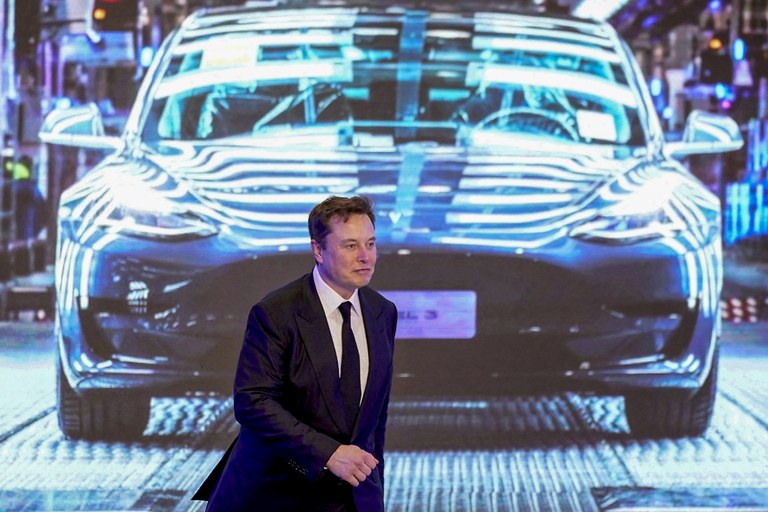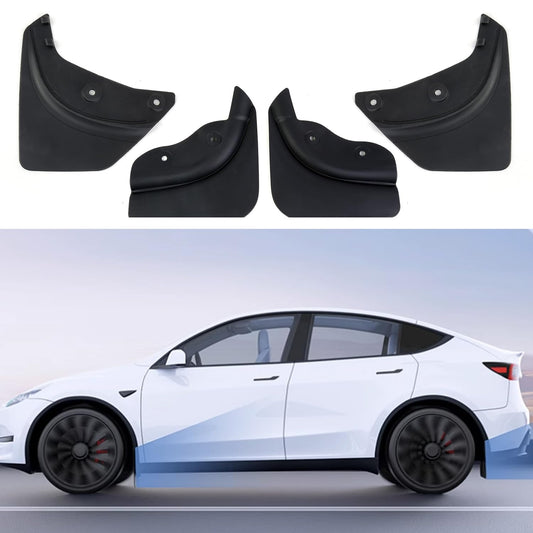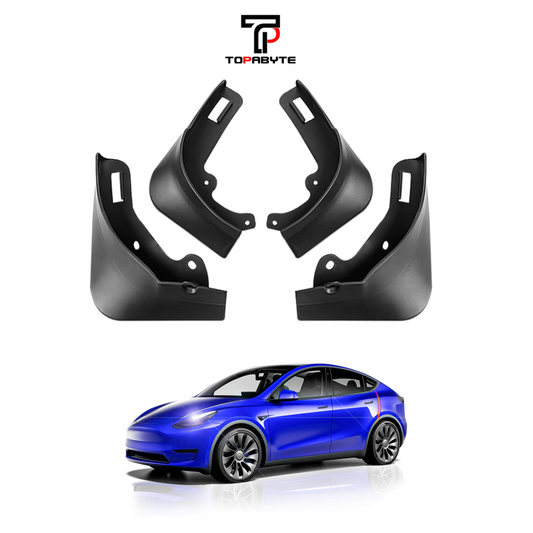Tesla, the pioneering EV manufacturer, has been facing a significant challenge in China, its second-largest market. Despite being the largest EV player in the country, Tesla's market share has been steadily declining, from 23% in 2020 to 14% in June 2022.
The primary reason for this decline is the increasing competition from local Chinese companies, such as XPeng, NIO, and Li Auto. These companies have been able to offer more affordable and feature-rich models, attracting a significant number of customers. Additionally, they have established stronger distribution networks and lower costs, making it difficult for Tesla to compete.
However, Tesla's Autopilot system remains a major differentiator, with many considering it to be more advanced than its Chinese rivals. The company's brand recognition and global reputation also give it an edge in the market.
Despite these advantages, Tesla faces significant challenges in China. High production costs and logistics issues have made it difficult for the company to maintain its market share. Additionally, local companies have established stronger distribution networks and lower costs, making it harder for Tesla to compete.
To adapt to the changing market dynamics, Tesla is likely to need to invest heavily in research and development, focusing on innovative technologies that set it apart from its competitors. The company may also need to explore new business models, such as battery swapping or subscription-based services, to stay competitive.
TESLA IN CHINA NEWS FROM: Radio Free Asia

















